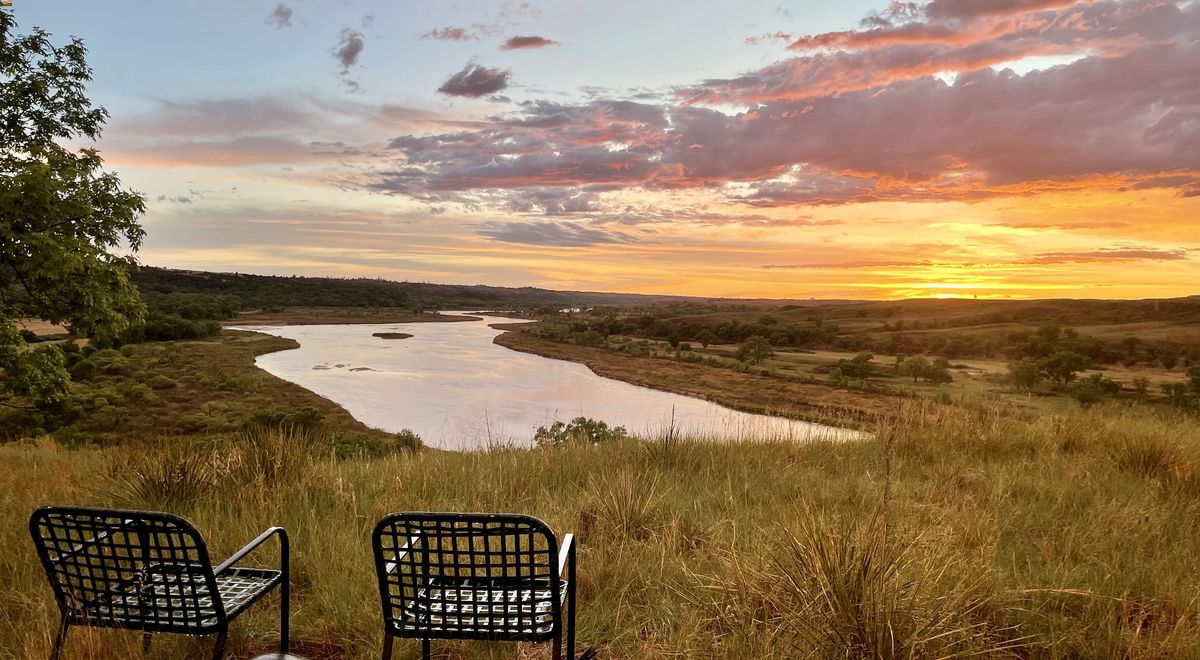Hidden Indigenous Signal Sites In Nebraska Territory

Have you ever wondered about the hidden stories of the Nebraska Territory? This region, rich in history, holds many secrets, including Indigenous signal sites. These sites, often overlooked, played a crucial role in communication among Native American tribes. Imagine standing on a hill where ancient messages once traveled miles, connecting communities. These signals were not just smoke or fire but a sophisticated system of symbols and signs. Exploring these locations offers a glimpse into the past, revealing how tribes thrived in harmony with nature. Ready to uncover the mysteries of these ancient communication hubs? Let's dive into the fascinating world of Nebraska's Indigenous heritage.
Discovering Hidden Indigenous Signal Sites in Nebraska Territory
Nebraska holds a rich history of Indigenous cultures. Among the many fascinating aspects of this history are the signal sites used by Native American tribes. These sites served as communication hubs, allowing tribes to send messages across vast distances. Let's uncover some of these hidden gems.
1. Scotts Bluff National Monument
Scotts Bluff stands as a testament to the ingenuity of Indigenous tribes. This towering formation was used for signaling due to its visibility from miles away.
- Historical Significance: Used by the Lakota and other tribes for centuries.
- Modern Day: Now a national monument, visitors can hike to the top and imagine the signals that once flew from its peak.
2. Chimney Rock
Chimney Rock, another iconic landmark, played a crucial role in Indigenous communication networks.
- Unique Shape: Its distinctive shape made it an ideal signaling point.
- Cultural Importance: Served as a guidepost for tribes and later for pioneers on the Oregon Trail.
3. Courthouse and Jail Rocks
These twin rock formations were more than just natural wonders; they were vital communication tools.
- Strategic Location: Positioned along major travel routes.
- Signal Use: Used by tribes to send smoke signals and other messages.
4. Pine Ridge
Pine Ridge, with its elevated terrain, offered a perfect vantage point for signaling.
- Elevation Advantage: High elevation allowed signals to be seen from great distances.
- Tribal Use: Utilized by the Oglala Lakota for both communication and lookout purposes.
5. Wildcat Hills
The rugged terrain of Wildcat Hills provided natural lookout points for Indigenous tribes.
- Natural Lookouts: High cliffs and ridges made it easy to spot incoming signals.
- Historical Context: Used by various tribes, including the Pawnee, for communication and defense.
6. Indian Cave State Park
Indian Cave State Park is not just a place of natural beauty but also a site of historical significance.
- Cave Drawings: Evidence of Indigenous presence and use of the area for signaling.
- Scenic Views: The park's high points offered excellent vantage points for sending signals.
7. Niobrara River Valley
The Niobrara River Valley, with its diverse landscape, was a hub of activity for Indigenous tribes.
- Diverse Terrain: Hills and valleys provided multiple signaling points.
- Cultural Hub: The area was a meeting place for various tribes, making communication essential.
8. Ashfall Fossil Beds
While known for its paleontological significance, Ashfall Fossil Beds also holds a place in Indigenous history.
- Historical Layers: Evidence suggests the area was used for signaling long before it became a fossil site.
- Visibility: The open landscape allowed for clear lines of sight for signals.
9. Fort Robinson State Park
Fort Robinson, now a state park, was once a bustling military post with deep Indigenous roots.
- Military and Indigenous Use: Used by both the U.S. military and Indigenous tribes for signaling.
- Historical Tours: Visitors can learn about its dual history through guided tours.
10. Toadstool Geologic Park
Toadstool Geologic Park, with its unique rock formations, served as a natural signaling site.
- Rock Formations: The unusual shapes provided distinct landmarks for signals.
- Cultural Significance: Used by tribes for both communication and navigation.
11. Sandhills
The vast Sandhills region, with its rolling dunes, offered numerous signaling opportunities.
- Expansive Views: The open landscape allowed for long-distance signaling.
- Tribal Use: Utilized by various tribes for communication across the region.
12. Ponca State Park
Ponca State Park, located along the Missouri River, was a strategic signaling site.
- River Access: The river provided a natural route for messages.
- Historical Importance: Used by the Ponca tribe for communication and trade.
13. Agate Fossil Beds National Monument
Agate Fossil Beds, while famous for its fossils, also played a role in Indigenous signaling.
- Historical Layers: The area was used for signaling long before it became a fossil site.
- Visibility: The open landscape allowed for clear lines of sight for signals.
14. Platte River Valley
The Platte River Valley, with its wide expanse, was a crucial communication corridor.
- Natural Corridor: The river provided a natural route for messages.
- Tribal Use: Utilized by various tribes for communication and trade.
Preserving Nebraska's Hidden History
Nebraska's hidden Indigenous signal sites offer a unique glimpse into the past. These sites, often overlooked, hold significant cultural and historical value. By exploring these locations, we gain a deeper understanding of the Indigenous peoples who once thrived here. Preserving these sites ensures future generations can appreciate this rich heritage.
Visiting these areas not only educates but also fosters respect for the land and its original inhabitants. Efforts to protect and maintain these sites are crucial. They serve as reminders of the intricate communication networks and advanced knowledge of the land possessed by Indigenous communities.
Next time you find yourself in Nebraska, take a moment to seek out these hidden gems. You'll walk away with a newfound appreciation for the state's diverse history and the enduring legacy of its Indigenous peoples.

